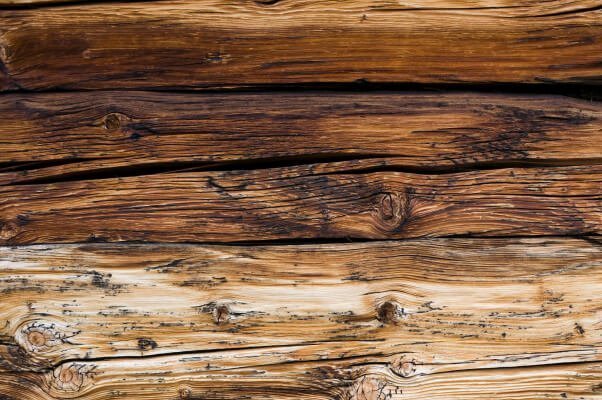
01 Feb Cause of Dry Rot and the treatment
Dry Rot:- Once it has taken hold dry rot is a most serious form of decay. Urgent treatment is essential It will attack timber with a much lower moisture content than wet rot, but unlike wet rot which thrives outdoors as well as indoors and only in poorly ventilated confined spaces indoors.
Dry rot exhibits various different characteristics depending on the extend of its development. It sends out fine pale grey tubules in all directions, even through masonry to seek out and infect other drier timbers. It actually pumps water from damp timber and can progress at an alarming rate. The strands are accompanied by a white cottonwool like growth called mycelium in very damp conditions. When established, dry rot develops wrinkled, pancake shaped fruiting bodies, which produce rust red spores that are expelled to rapidly cover surrounding timber and masonry. Infested timbers become brown and brittle showing cracks across and along the grain until it break up into cube like pieces. You may also detect a strong musty mushroom like smell associated with the fungus. In fact to the untrained eye, what may look like wet rot is in fact dry rot and vice versa.
Treating of Dry Rot:- Dry rot requires more drastic action and should be treated by a specialist unless the outbreak is minor and self contained.
Remember that dry rot can penetrate masonry. look under floor boards in adjacent rooms before you are satisfied with the extend of the infestation, also check cavity walls.
Eliminate the source of water and ensure adequate ventilation in roof spaces or under floors by re placing blocked ventilation holes or air bricks. Cut all infected timber by up to at least 450mm beyond the last visible sign of rot. Chop away the plaster that is affected by the strands by the same amount at least 450mm beyond the last visible sign. Collect all debris and place in a plastic bag and burn it.
Use a fungicidal preservative fluid to kill any remaining spores that may have been missed. Wire brush the masonry then apply three coats of the fungicidal preservative fluid on all timber brickwork and plaster within at least 1.5m of the infected areas. If a wall was penetrated by strands of dry rot, drill regularly spaced but staggered holes into it from both sides. Angle the holes downward so that fluid will collect in the holes and saturate the wall internally, patch holes after treatment.
Treat replacement timbers by immersing the end grain in a bucket of fluid, for at least five to ten minutes. When the wall is ready to be patched use zinc oxy-chloride in the plaster to prevent reinfestation.
If you have any further questions please call our office.
We want you the reader to write to us on , any Building matters, questions or if you seek advise, we will gladly answer any topic that you wish us to discuss, so please send your letters to “B. & H. I. S.” C/O. 17 Battye Road , Kardinya , W.A. 6163



